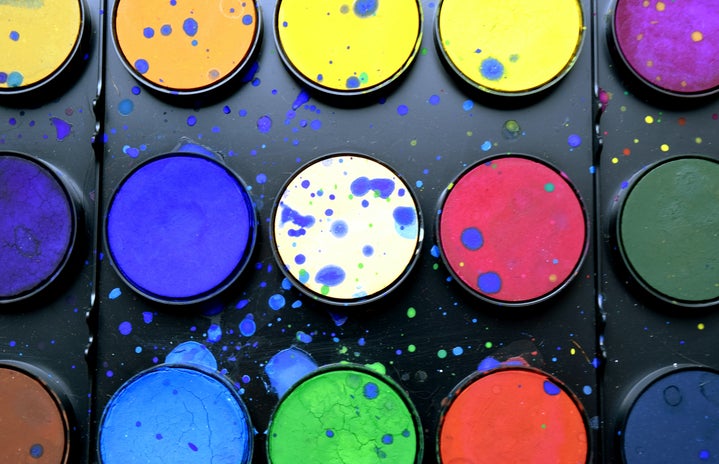On vases dating back to the end of the sixth century, an image of Dike, the Greek goddess of Justice, attacking Adikia, the Greek goddess of injustice, is pictured. In John Dryden’s poem “Absalom and Achitophel” from 1681, he satirizes political leaders of a party in his time, while writing positively of the Duke of York and his supporters. The Lonely Island’s 2016 song “Equal Rights” mocks the forcefully heterosexual ally of the gay rights movement.
Political art has existed in every form, from the hysterical to the satirical to the serious, for almost as long as art has existed. Art is beautiful and expressive and creative, but it is also an outlet for statements about conflicts going on during an artist’s lifetime. Those artistic statements have the ability to reach people in ways straightforward ones might not. There’s a reason why tyrannical leaders of the past and present have banned forms of art as part of their rise to power; art, and artists, are not easy to control and manipulate in the same way laws or elections might be.
Even when you don’t want art to be political, it sometimes will be anyway. It sometimes has to be, because art is often about people’s lives, and people’s lives (people who don’t look or sound or act the way those tyrannical leaders want them to) are political.
So it shouldn’t surprise you to see the political discourse that has unfolded around the Moonlight/La La Land mishap. In fact, it should only surprise you that the discourse didn’t unfold sooner, because the movies up for best picture were political before the award was even fumbled the way it was.
La La Land, whether you liked it or not, whether you have a weakness for musicals or not, whether you, too, are a dreamer or not, whether you sympathize with the struggling artist life or not, was a tribute to white mediocrity. It was a tribute to white mediocrity before it was nominated for best picture alongside its visibly diverse counterparts like Moonlight and Hidden Figures, and it was a tribute to white mediocrity before it was almost awarded an Oscar that was rightfully for Moonlight.
Only white people can get away with being average singers and dancers at best but still getting cast in a musical. That is white mediocrity. Only white people can genuinely believe their movie, about white artists dancing and singing their way to achieving their dreams, was hard to pitch to Hollywood. That is white privilege. Only white people can comfortably create a whole entire movie about jazz without mentioning the fact that jazz originated from the African-American community or even having a single Black primary character.
Moonlight, a story about a gay Black man growing up in Liberty City and coming to terms with his identity, seems in a way to be a direct antithesis to La La Land. Neither director probably intended for this head-to-head clash to occur, but after Warren Beatty handed the Oscar to La La Land for best picture when the actual winner was Moonlight, the comparison was inevitable. The politics behind it seemed to be inevitable too.
Damien Chazelle, La La Land director, and Barry Jenkins, Moonlight director, might not have meant to embed any kind of political message in their movies. But when a movie that succeeded with the repeated help of white privilege is set so visibly against a movie that gives voice to “all those black and brown boys and girls and non-gender conforming who don’t see themselves,” the politics almost embed themselves.
It goes without saying that art should be enjoyed, and if that’s all you are interested in, there is ample opportunity to do so. But to ignore the politics behind an art piece is to ignore the history of art that shows you over and over that art and politics strengthen each other, and are combined together for a reason.
What does it mean, anyway, for something to be political? It criticizes the status quo. It maybe isn’t conventional. It offers a perspective on the world that has been missing. If that exhausts you, then maybe you’re a little too comfortable.



